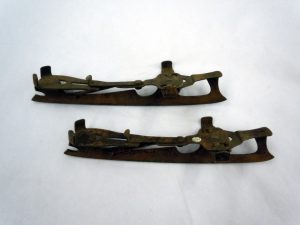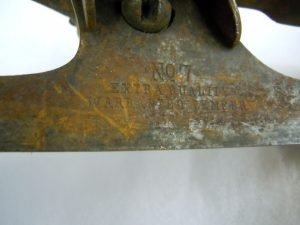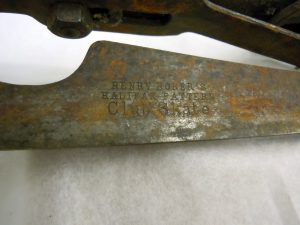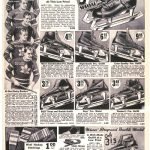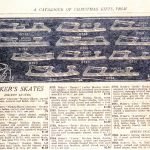Competition for Starr
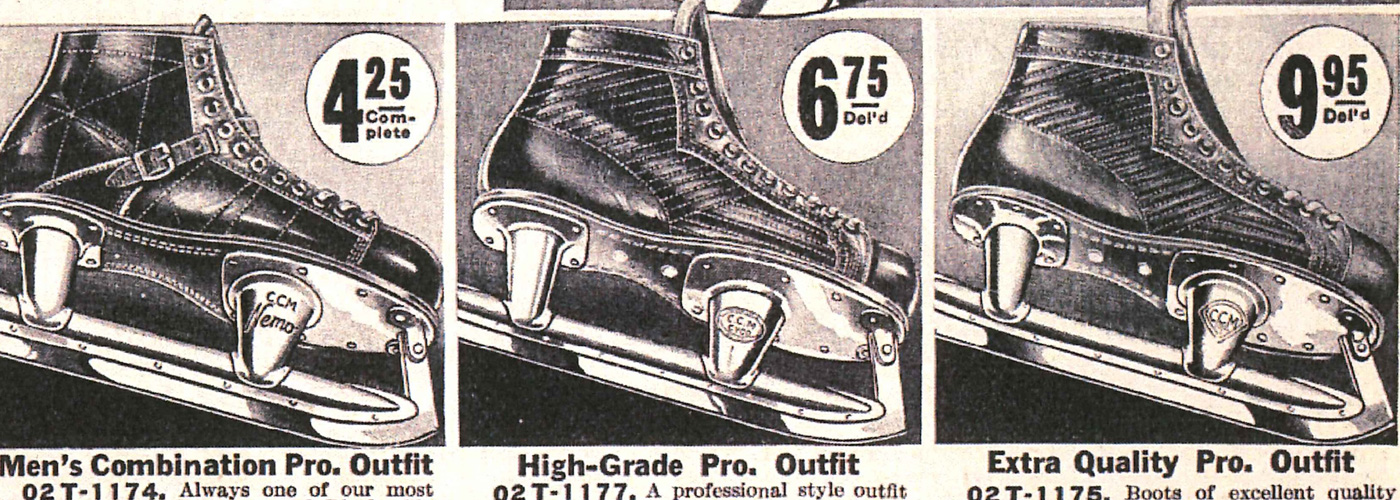

Shannon Baxter
by Shannon Baxter
This is the sixth in a series of articles featuring Dartmouth’s Starr Manufacturing Company. Established as a nail factory in 1861, Starr Manufacturing soon began making its famous Starr skates and selling millions of pairs around the world from 1863 to 1939. The plant also played an important role in the sale of the first hockey sticks and excelled in other areas such as the production of the golden gates to Halifax’s Point Pleasant Park.
After the initial slip of the patent renewal, Starr Manufacturing Company started to see a significant amount of competition from other companies that developed cheaper knock-offs of the Spring Skate. Even when Starr obtained all of the patents at a later date (1878?), they still would have competition for most of their years producing skates, which only increased in number by the turn of the 20th century.
One of the more blatant knock-offs came from the Henry Boker Skate’s Company. Advertisements for their skates included two different styles of “Halifax Pattern Spring Skates”. A look at either advertisement or a side by side comparison of the physical skates, will be a case in point. What is more, Boker’s marketed their skates with names like “Gem”, “Ideal”, and even “Perfect,” clearly they hoped to cash in on the growing popularity of both ice skating and hockey, and wanting to present themselves as the best in the market. Henry Boker’s skates first appeared around the early 1900s. The skates were advertised along with Starr Skates in Carsley S. Co. Ltd’s Fall & Winter Catalogue of 1902. Then, in 1906 they were the only skates being advertised in Simpson’s Christmas Catalogue.
- The Boker skate
- Boker skate detail
- Boker skate detail
Some of these companies would advertise their own brand of skates instead of Starr, this includes Sears, Roebuck & Co. who in 1900 were selling their own skates. Eaton’s advertised Starr Skates early in their catalogs, but by 1915 they had started to move away from that and sell their own brand; in fact, they even advertised their own “Special Clamp” skate, that looks strikingly like the Starr Acme Club spring skate.
- A page from the 1935-36 Eaton’s catalog
- A Boker advertisement
By the 1920s and 1930s, Starr’s competition increased more and more, not only nationally but internationally. Skates from the United States of America and Germany in particular were cheaper compared to Starr’s higher quality skates. In Canada 1930s, there was the rise in CCM’s skate manufacturing. We have examples of these skates in our collection, as well as special braces attached to skates, also produced by CCM. The rise of CCM’s skates marked the decline of Starr Skate’s advertised in these various catalogues. Even now CCM produces hockey skates, while Starr has been left behind in history.
It is clear that from an early stage of their development, Starr had competition in the realm of ice skate production. This competition steadily increased until the 1930s, where Starr ultimately could not continue on. It is interesting to note that, while the majority of the skates in the Dartmouth Heritage Museum’s collection are Starr Skates, some of these aforementioned competitors snuck their way in as well. The most prominent being CCM, but others include Boker’s Skates, and a German skate called Polar. By having these examples in the DHM collection, it helps to form a greater picture of ice skate production in the world. In the end, from the perspective of the collection the museum now has, even with its decline, Starr always reigned supreme in Dartmouth.
Want to keep reading? Check out Shannon’s next article in the Starr series, Preserving and Protecting the Starr Skate Collection and previous article here.

